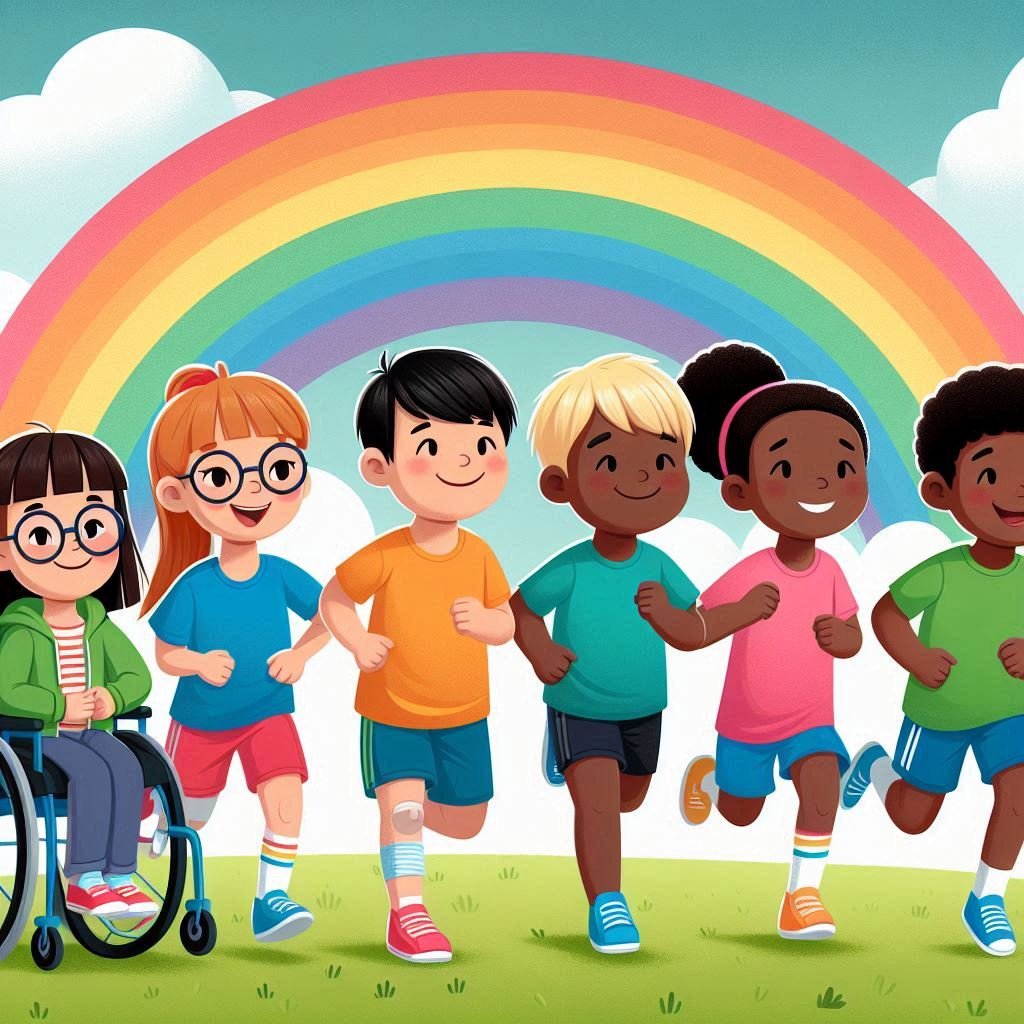Intro
In today’s world, where childhood obesity rates are on the rise and sedentary lifestyles are becoming increasingly common among young people, the importance of physical activity cannot be overstated. Group fitness classes offer a compelling solution to engage youth in regular exercise in a fun and supportive environment. These classes are designed not only to improve physical fitness but also to foster social interaction, build confidence, and instill lifelong healthy habits. Let’s explore the multifaceted benefits that group fitness classes can offer to youth.
Physical Health Benefits
- Improved Cardiovascular Health: Group fitness classes often incorporate activities that get the heart pumping, such as aerobic exercises, dance routines, and interval training. Regular participation in these classes can enhance cardiovascular endurance and strengthen the heart muscles.
- Enhanced Strength and Flexibility: Many group fitness sessions include exercises aimed at building muscle strength and improving flexibility. These activities, like bodyweight exercises, resistance training, and yoga poses, help develop strong and supple bodies in young participants.
- Weight Management: Engaging in regular physical activity through group fitness classes can contribute to maintaining a healthy weight and reducing the risk of childhood obesity. Combined with a balanced diet, these classes promote overall wellness and combat sedentary lifestyles.
Mental and Emotional Benefits
- Stress Relief: Physical exercise, including group fitness sessions, is known to release endorphins, the body’s natural mood elevators. For youth, participating in these classes can provide a healthy outlet for managing stress and improving mental well-being.
- Boosted Self-esteem: Mastering new skills and achieving fitness goals in a supportive group setting can significantly boost self-confidence in young participants. Over time, this increased self-esteem can translate into improved academic performance and social interactions.
- Social Interaction: Group fitness classes offer a structured environment for youth to interact with peers outside of academic or home settings. This social interaction helps develop communication skills, teamwork, and empathy, fostering positive relationships among participants.
Educational and Developmental Benefits
- Health Education: Many group fitness programs include educational components that teach youth about the importance of physical fitness, nutrition, and overall wellness. By instilling these lessons early on, children and teens are empowered to make informed decisions about their health.
- Skill Development: Participating in various fitness activities within a group setting allows youth to learn new skills and techniques under the guidance of trained instructors. Whether it’s mastering a dance routine or perfecting a yoga pose, these classes promote continuous learning and skill development.
- Healthy Habits for Life: Perhaps the most significant benefit of group fitness classes for youth is the promotion of lifelong healthy habits. By establishing a routine of regular exercise and positive lifestyle choices early on, children and adolescents are more likely to maintain these habits into adulthood, reducing their risk of chronic diseases later in life.
Practical Considerations

- Accessibility and Inclusivity: Group fitness classes for youth should be accessible to children of all fitness levels and abilities. Instructors often modify exercises to accommodate different needs, ensuring that every participant feels included and supported.
- Fun and Engagement: To keep young participants motivated, group fitness classes often incorporate elements of play, music, and interactive challenges. These sessions are designed to be enjoyable and engaging, encouraging children to look forward to their next workout.
- Parental Involvement: In some cases, parental involvement or support may enhance the experience of youth participating in group fitness classes, especially for younger children. Parents can reinforce the importance of regular exercise and healthy living habits at home.
Conclusion
In conclusion, group fitness classes offer a myriad of benefits for youth beyond just physical fitness. From improved cardiovascular health and enhanced self-esteem to social interaction and skill development, these classes play a crucial role in promoting holistic well-being among children and adolescents. By making exercise enjoyable and accessible, group fitness programs empower young people to lead active, healthy lives and establish habits that can last a lifetime. Embracing the benefits of group fitness classes for youth is not only a step towards combating sedentary lifestyles but also an investment in the future health and happiness of our younger generations.
Thanks!~~





